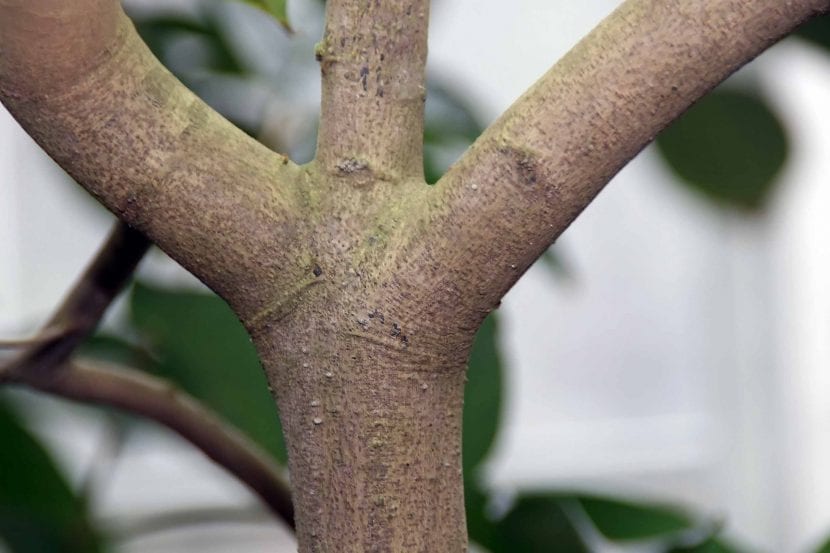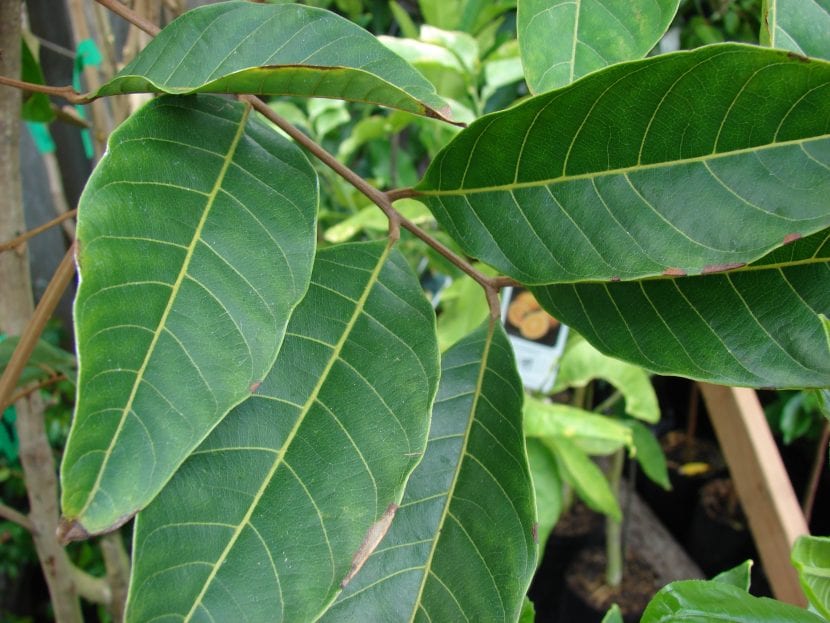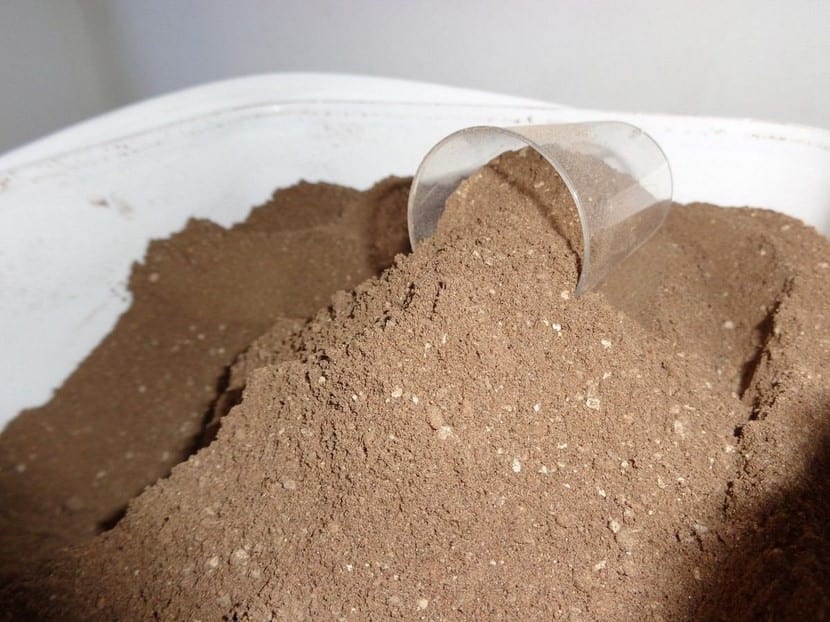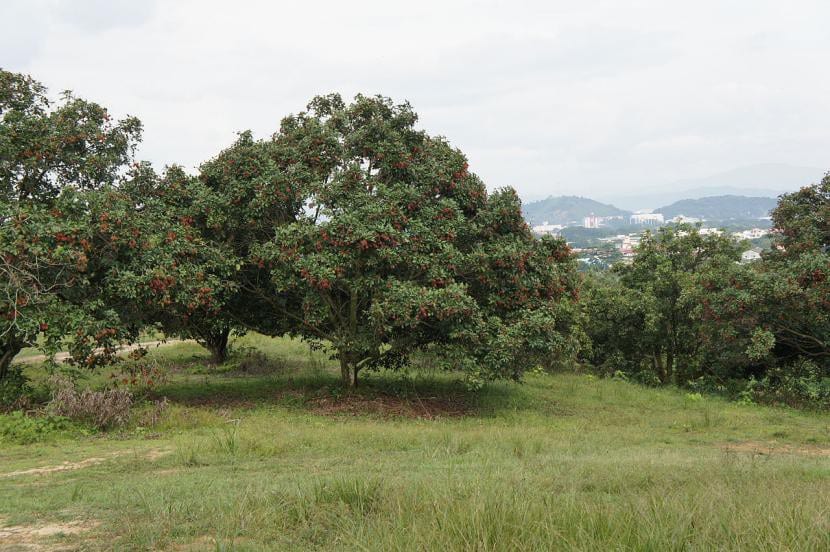
Who has not ever heard the word "rambutan"? It is true, in Europe we can only have heard it mentioned, and perhaps we have tasted its imported fruits, but… what do we know about the plant that produces them? Being of tropical origin, it cannot be grown in different areas, so it is not a plant that is easy to find in nurseries, much less in gardens.
But how it is very interesting for healthWe are going to talk about the rambutan, both the tree and the fruit.
Origin and characteristics

Our protagonist is an evergreen tree (remains evergreen) native to tropical Southeast Asia, specifically from the Malay archipelago. Its scientific name is Nephelium, although it is known as rambutan, achotillo or lichas. Today it is grown in Asia, Africa, Oceania and Central America, as well as in all regions where there is no frost.
It is a relatively small plant, which can reach a height of 4-6 meters tall. The leaves are alternate, pinnate with 3-11 leaflets or pinnae each measuring 5-15cm in length by 3-10cm in width. The flowers are grouped in terminal panicles 15-30cm long. These can be female, male, or hermaphroditic.
The fruit is an oval drupe measuring 3-6cm in length by 3-4cm in width. It arises in clusters of 10-20 units. Its peel or skin is reddish, although it can be yellow or orange, and it is prickly (but its spines are totally harmless 🙂). The pulp is white and juicy, acidic or very sweet, and contains a 2-3cm long seed that is poisonous (and therefore inedible).
What are their cares?

If you want to have a copy, we recommend that you provide it with the following care:
Location
- Body exterior:: the rambutan must be in full sun, although it can be in semi-shade as long as it has more light than shade.
- Interior: Only if it is grown in areas with temperate climates, it can be kept indoors in a bright room without drafts during the winter.
Earth
- Flower pot: universal culture substrate mixed with 30% perlite.
- Garden: the soil must be fertile, with good drainage.
Irrigation
The frequency of watering will vary depending on where you are as well as the weather, but just to give you an idea, it is generally advisable to water it 3-4 times a week during the hottest season and somewhat less the rest of the year.
Subscriber

Guano powder.
It is very important to pay it throughout the season with ecological fertilizers, once a month. You just have to take into account that if it is grown in a pot, liquid fertilizers should be used so that the substrate can continue to filter the water.
Multiplication
The rambutan multiplies by seeds, following this step by step:
- The first thing is to buy them in spring.
- Afterwards, a 10,5cm diameter pot is filled with universal growing medium.
- Next, a maximum of two seeds are placed in it, ensuring that they are slightly separated from each other.
- Then they are covered with a thin layer of substrate.
- Finally, it is watered and copper or sulfur is sprinkled to prevent the appearance of fungi.
Thus they will germinate in 1-2 months.
Rusticity
It is very sensitive to cold. The minimum temperature it supports is 4ºC.
What uses does it have?

Ornamental
Its beauty and easy care make it a very interesting tree to have in gardens or in large pots. You can have it as an isolated specimen or in groups, and even use it as a shade plant.
Culinary
It is without a doubt the most popular use. An adult specimen can produce up to 400kg of fruits per year, which are also very nutritious:
- Water 82,10%
- Iron 2,50 mg
- Protein 0,90%
- Thiamine 0,01 mg
- Fat 0,30%
- Riboflavin 0,07 mg
- Fiber 2,80 g
- Niacin 0,50 mg
- Calcium 15,00 mg
- Ash 0,30%
- Ascorbic acid 70,00 mg
They are consumed in salads, with yogurts or soups, and even as desserts. Jellies and jams are also prepared with them. Interesting, right?
How do you peel a rambutan?
It's easier than it sounds but We hope that following these steps will be even easier for you:
- The first thing you have to do is a cut in the shell, holding it tightly at both ends on a flat surface. Make a smooth cut all over the fruit.
- Now, open it and you will find an oval, white or pale yellow fruit.
- The next step is to press gently so that the fruit comes out.
- Then, remove the seed from the center, because as we said it is poisonous.
- Finally, and now yes, you can eat the fruit without problems.
Medicinal

There are many health benefits:
- Leaves skin soft and supple.
- Eliminate intestinal parasites.
- Relieves diarrhea.
- It helps you lose weight.
- Fight cancer.
- Prevents and relieves constipation.
- It is used as a complementary treatment for diabetes.
- Eliminates waste from the kidneys.
- They increase energy.
Anyway, they are perfect to always have in the kitchen 😉.
What did you think of the rambutan?
Very good, rambutan has a series of compounds isolated from its exocarp or shell, from the tannin family, especially geraninna, with inhibitory capacities of starch degrading enzymes, for that reason it is considered a hypoglycemic agent, that is, it delays the digestion of starches and future transformation into simple sugars, controlling glycemic peaks after food intake; which is why it is an alternative for type 2 diabetes mellitus (DM2) treatments.
Hi Angelica.
Do you know of any scientific study that proves it? Be careful, it is not that I doubt what you have said, at all, but when we talk about that kind of thing it is important to mention a scientific study.
Regards!
How long does it take to bear fruit? It is very rich, a pound of fruit in Puerto Rico is expensive $ 5.99 American. I have a tree anxiously waiting for it to bear fruit
Hello Providencia.
The truth is that I could not tell you. It is a plant very sensitive to cold, so in Spain it is almost unknown.
If it is well cared for, I imagine it will not take more than 5 years, but for sure I cannot say.
Greetings.